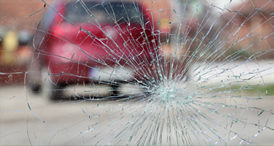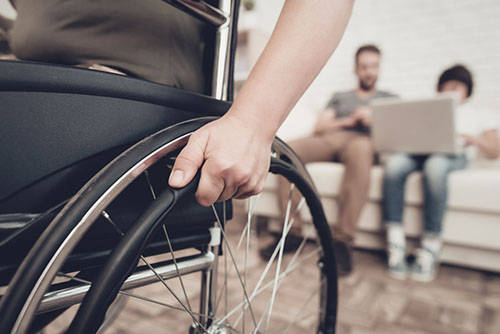If you were involved in an accident with another driver who was making a U-turn, things may seem complex. However, you should seek full compensation from the driver’s insurance company. And while there’s no rocket science in how to U-turn, accidents can happen.
Collisions of this type can be quite harsh and can cause severe injuries and damages. And while U-turns aren’t illegal, insurance companies aren’t quite eager of paying paying the settlement. They may argue that the U-turn was legal (as it is the case in Indiana), and may blame you for the crash.
Make sure you seek Indianapolis car accident attorney to be by your side during this process.
U-Turns in Indiana Are Legal (Unless They’re Dangerous)
U-turns are allowed by Indiana law. According to the Indiana Vehicle Code, certain types of U-turns are prohibited (check IC 9-21-22 for more details). The law states that a driver cannot turn their vehicle in a way that faces the opposite direction in the following circumstances:
- Upon any curve,
- Upon the approach to the crest of a grade,
- Near the crest of a grade
- Where it cannot be seen by a driver operating a vehicle from either direction within 750 feet.
This means that U-turns are generally accepted, except when they present an unusual danger to others.
Why Does the Law Forbid U-Turns in Specific Situations?
Every accident is recorded and tracked by the National Highway Traffic Safety Administration. The agency aims to increase the safety of Indiana roads and highways and to prevent auto accidents.
The NHTSA specifically researched the speeding and stopping distances. The following numbers assume clear road conditions, dry pavement and a sober driver:
Speed Distance
- 20 mph – 63 feet
- 30 mph – 119 feet
- 40 mph – 164 feet
- 55 mph – 265 feet
- 65 mph – 344 feet
- 70 mph – 387 feet
Your reaction as a driver will heavily affect the calculation of stopping distances. You should recognize the danger and stop the vehicle on time to avoid a crash.
The state of Indiana has determined that drivers need at least 750 feet of distance from a vehicle making a U-turn so they can safely realize what’s going on and take action.
In case the driver fails to see the car, they won’t be able to react at all, which is why the law prohibits U-turns in places like hills and curves.
Median U-Turns
A median U-turn is the turning when a driver uses a break in the median to perform the U-turn. U-turns are in general, safer when there is a median because the turning vehicle can move from the roadway and wait for traffic to pass. Median U-turns are different types of U-turns.
Street signs and traffic control devices control what should happen at medians, which means if the medial U-turn seems legal and safe, it’s prohibited if the sign says so.
What If You Crash Someone Who is Making a U-Turn in Indiana?
If the other driver was performing an illegal U-turn when you collided with their vehicle, then you should be able to argue that the other driver was violating the traffic law.
But, just because someone violates the law, it doesn’t mean that their insurance company has to pay for the damages they caused. You may have a partial fault for the accident. Let’s say you had a reasonable chance to avoid the crash but didn’t do it.
These cases can be complex which is why you shouldn’t try to go into the legal process on your own.
Having a car accident attorney by your side would help you create a solid argument against the driver. Also, if the insurance company tries to underpay you, or deny the settlement, your attorney would do their best to prove that the other driver was negligent.
Your attorney will strengthen your case including photos from the scene, as well as surveillance camera footage. They could also measure the distance at the scene, document skit marks and measure them. A car accident attorney won’t hesitate to interview witnesses and consult with an accident reconstruction expert.
If you were involved in such an accident, ending up injured and with damages, you deserve to get a compensation claim.
Your lawyer would work hard to help you get the settlement.
Here at Rowe & Hamilton, we offer you a free consultation, where we’ll review your case and advise you on the next steps. Contact us and get the needed legal help.




